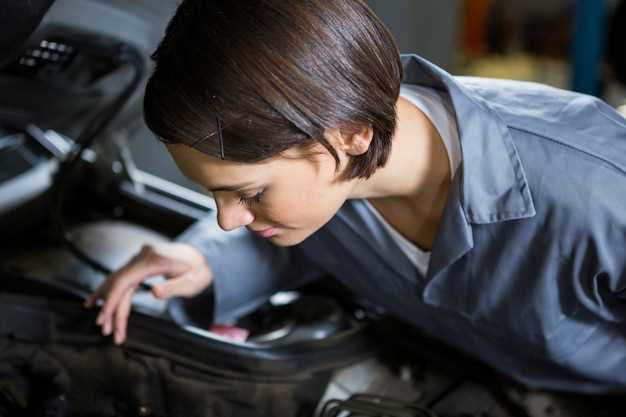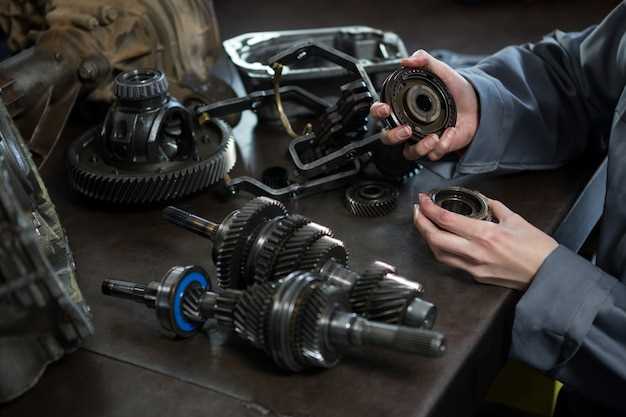
In any vehicle, the engine serves as the heart, powering performance and efficiency. However, like any complex machine, engines can encounter various issues that may hinder their functionality. Understanding these common problems and their potential solutions is crucial for every vehicle owner to ensure optimal performance.
Effective diagnosis of engine troubles is the first step in addressing these issues. From unusual noises and reduced power to warning lights on the dashboard, recognizing the symptoms can help in identifying the root cause of the problem. By analyzing these signs, vehicle owners can better understand what might be going wrong under the hood.
This article delves into some of the most frequent engine problems that drivers face, offering practical solutions to rectify them. Whether it’s dealing with overheating, oil leaks, or ignition failures, having a comprehensive guide to fixing these common issues can save both time and money, ensuring that the engine runs smoothly and efficiently for years to come.
Identifying Engine Misfires and Their Causes

Engine misfires occur when a cylinder fails to ignite the air-fuel mixture at the right time or at all. This issue can lead to a range of performance problems, including reduced power, decreased fuel efficiency, and increased emissions. Accurate diagnosis of engine misfires is crucial for effective repairs.
Common symptoms accompanying misfires include rough idling, hesitation during acceleration, and a noticeable decrease in engine performance. Additionally, the check engine light may illuminate on the dashboard, signaling an underlying problem. Using an OBD-II scanner can help identify stored trouble codes, directing attention to the specific cylinders experiencing misfires.
Several factors can contribute to misfires. Ignition system issues, such as worn spark plugs or faulty ignition coils, are common culprits. If the spark plugs are worn or dirty, they may not create a sufficient spark, leading to incomplete combustion. Ignition coils can also fail, resulting in inconsistent spark delivery to one or more cylinders.
Fuel delivery problems may also cause misfires. A clogged fuel filter or malfunctioning fuel injectors can restrict fuel flow, leading to a lean air-fuel mixture that fails to ignite properly. Inspecting the fuel system components ensures that fuel is delivered to the cylinders at the correct pressure and volume.
Mechanical issues, such as a vacuum leak or valve problems, can also lead to engine misfires. A vacuum leak can cause an imbalance in the air-fuel mixture, while valve problems, such as improper seating or wear, can hinder airflow into the combustion chamber. Regular inspection of these mechanical components is essential for maintaining engine health.
Overall, identifying and diagnosing engine misfires requires a systematic approach. Addressing the root causes, whether they originate from the ignition system, fuel delivery, or mechanical components, is vital for restoring optimal engine performance.
Troubleshooting Overheating Engine Issues

Overheating engines are a common issue that can lead to severe damage if not addressed promptly. Proper diagnosis is crucial to identify the root cause of the problem. Here are several key areas to inspect when your engine is running hotter than normal.
1. Coolant Levels and Quality
Start by checking the coolant levels in the reservoir. Low coolant can lead to insufficient heat dissipation, causing the engine to overheat. Additionally, ensure the coolant quality is adequate; old or contaminated coolant may not effectively transfer heat.
2. Radiator and Cooling System
The radiator plays a vital role in maintaining optimal engine temperature. Inspect it for clogs, leaks, or damaged fins. A blocked radiator can significantly impede airflow, leading to increased engine temperature. Furthermore, ensure that the radiator fan operates properly; a malfunctioning fan may fail to cool the engine adequately.
3. Thermostat Functionality
The thermostat regulates coolant flow within the engine. If it becomes stuck in the closed position, coolant cannot circulate, leading to overheating. Testing the thermostat’s operation is essential–replace it if faulty.
4. Water Pump Operation
A malfunctioning water pump can diminish coolant flow, contributing to engine overheating. Listen for unusual noises or observe any coolant leaks around the pump, which may indicate a failure.
5. Engine Oil Condition
Engine oil lubricates and helps dissipate heat. Inspect the oil level and condition; dark, dirty oil may not perform effectively. Regular oil changes are crucial for maintaining engine health and preventing overheating.
6. Head Gasket Leaks
A blown head gasket can allow coolant and oil to mix, leading to overheating. Look for signs such as white smoke from the exhaust, coolant in the oil, or bubbles in the radiator. Addressing head gasket issues promptly is essential to avoid catastrophic engine damage.
By systematically diagnosing these components, you can often pinpoint the source of overheating engine issues. Prompt attention and repair will help maintain engine reliability and performance.
Resolving Oil Leaks and Their Impact on Performance
Oil leaks can pose significant issues for engine health and overall vehicle performance. These leaks not only create a messy undercarriage but also signal potential internal damage. Addressing oil leaks promptly is essential for maintaining your vehicle’s efficiency and longevity.
The consequences of ignoring oil leaks include:
- Decreased lubrication leading to increased friction and wear.
- Overheating due to inadequate oil levels.
- Environmental damage from oil dripping onto the ground.
- Potential engine failure, resulting in costly repairs.
Common sources of oil leaks in engines include:
- Valvetrain gaskets
- Oil pan seals
- Front and rear main seals
- Oil filter and drain plug
To resolve oil leaks effectively:
- Identify the Source: Conduct a visual inspection and look for signs of oil residue.
- Clean the Area: Use engine degreaser to clean the affected area for better visibility.
- Replace Damaged Components: Change out any faulty gaskets or seals that may be causing the leak.
- Check Oil Levels: Regularly monitor oil levels and refill as necessary.
- Consult a Professional: If the issue persists, consider seeking professional assistance.
Addressing oil leaks not only ensures the engine operates smoothly but also contributes to better fuel efficiency and reduced emissions. Regular maintenance checks can help catch these issues early, allowing for timely repairs and minimizing the risk of severe engine damage.



